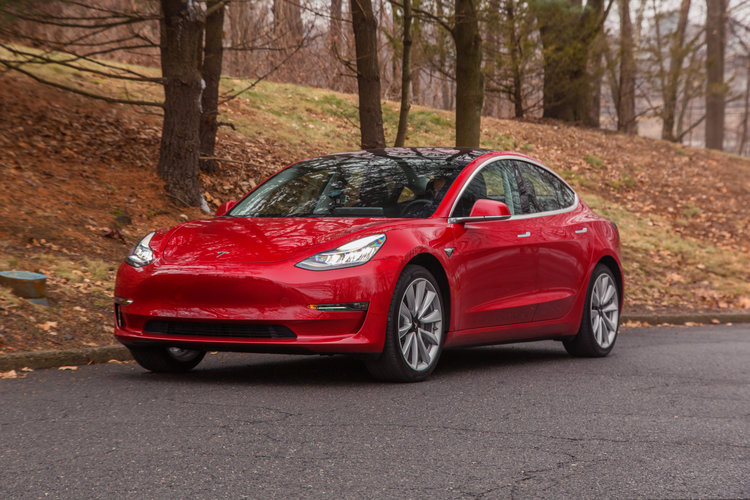Read The Full Article On: Fortune
Things are getting tight at Tesla.
Over the last few months, some former notable Tesla bulls decided to throw in the towel. Share prices plummeted and eventually started to rebound. Then the Q2 results came in: Revenues were short and losses higher than expected. Sales have shifted mostly to the cheaper Model 3, which drove down margins. Shares have dropped almost 15% since the markets closed on Wednesday.
But while stock investors are shaken, Tesla’s bondholders are downright grim.
Tesla has been propping up its cash flow needs in part by selling junk bonds. According to the latest report from Moody’s Investors Service sent to Fortune, the company’s credit rating is B3, which indicates a higher risk of default. Currently, Tesla’s bonds are selling on the secondary markets for 88 cents on the dollar—an unusually low value. “To be trading at 88 means that these bondholders are expecting to only be paid 88% of the principal amount of these bonds—that is, not 100% as owed contractually—in the event of a bankruptcy,” said Jim Warner, a managing director of Lear Investment Management.
“In other words, these bonds are pricing in a very real risk that they will go partially unpaid when due in 2025,” Warner said. “If true, the equity is worth zero.” And yet, with all this, Tesla still maintains a nearly $41 billion market value. “One of these securities is mis-priced. The problem is which one? That all depends on your view on their ability to generate consistent, positive free cash flow, which right now translates to ‘do you trust Elon’ or not and there is great debate about that.”
When bonds are trading at such a discount it can make investors skittish going forward and also drive up the cost of borrowing, which is “already an issue,” said David Kirsch, an associate professor of management and entrepreneurship in the University of Maryland’s online MBA program.
Trying to stress the positive, Tesla’s executives touted the quarter’s positive free cash flow. The company ended the 2nd quarter ended with $5 billion in cash and cash equivalents which, “puts us in a comfortable position as we prepare to launch Model 3 production in China and Model Y production in the US,” according to Tesla’s earning statement from Wednesday.
But some are skeptical. ” The company’s cash position improved in Q2 because the company sold down inventory and because of cost cutting,” said Kirsch. “The company reduced [capital expenditures] well below guidance and below what they need to be investing to putatively grow the business in the future.”
The original capital expense—called capex—guidance levels were between $2.5 billion to $3 billion according to Warner, “and they just cut that to $1.5 to $2 billion for this year.” That would mean the free cash flow number was likely overstated and the company will need more access to capital in the not-too-distant future.
Both Warner and Kirsch say they have no direct position in Tesla.
The company’s previous predictions of future free cash flow haven’t always been accurate. CEO Elon Musk said on a Recode Decode podcast in 2018 that “I think we will be cash-flow positive for all quarters going forward.” And it was, until the first quarter of 2019, when cash flow was negative $944.8 million. There would be no need for more investment, he said. Then in May 2019, the company announced its intent to raise another $2 billion in debt and stock offerings.

